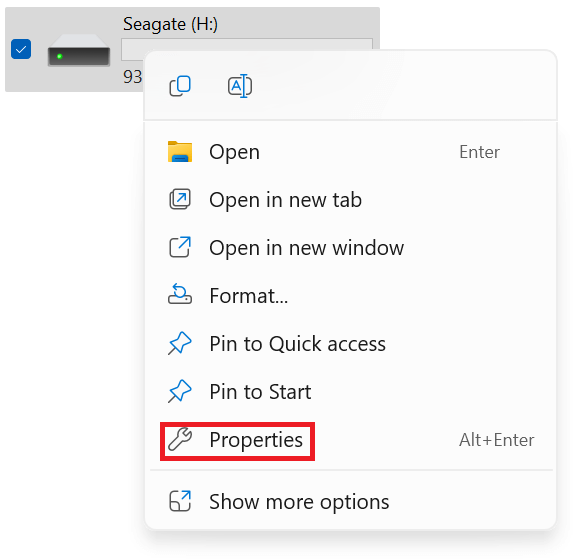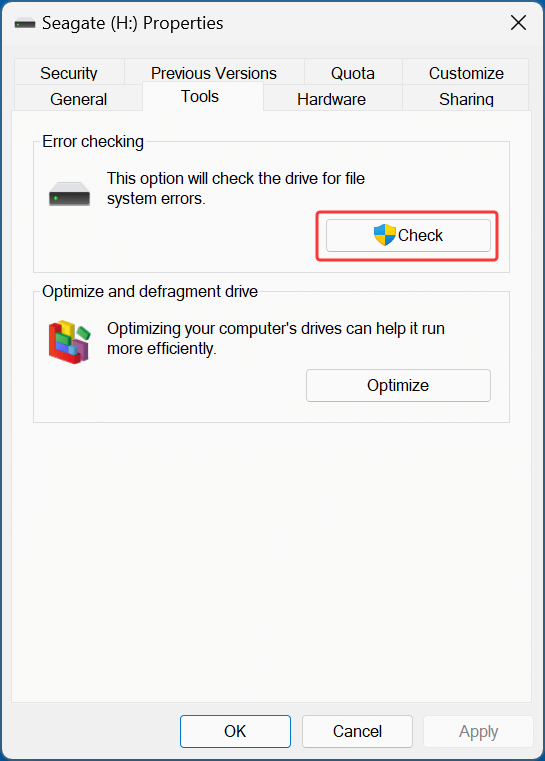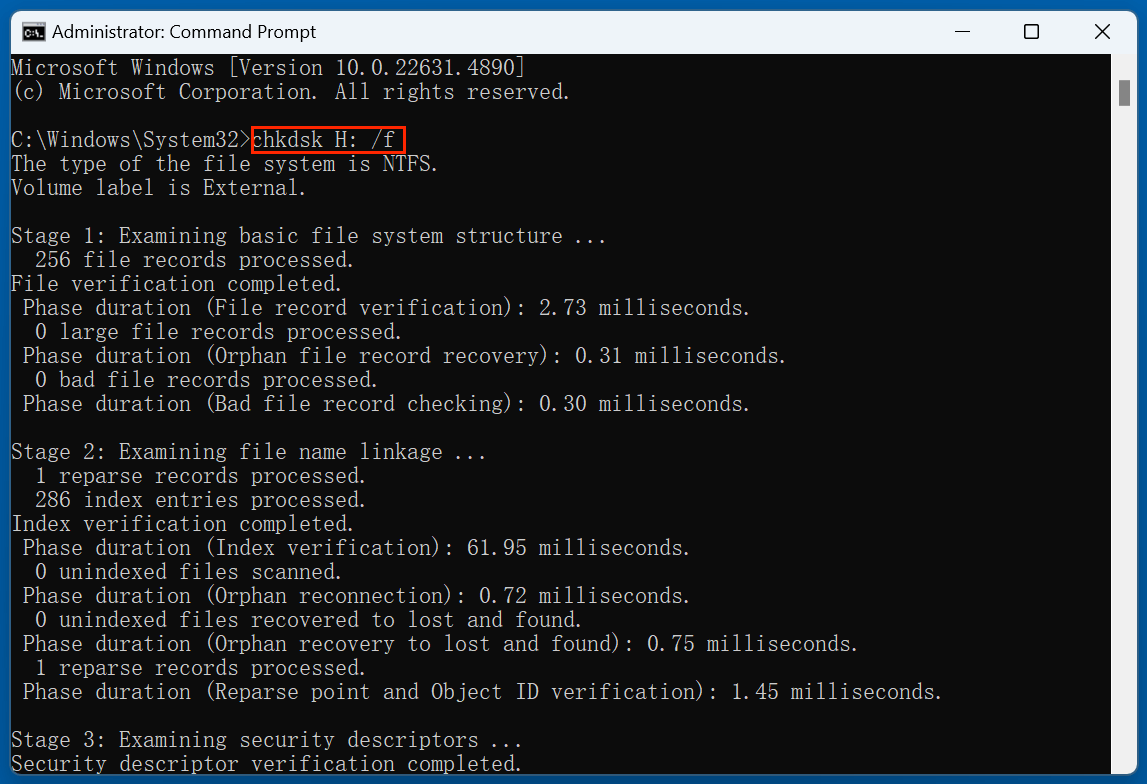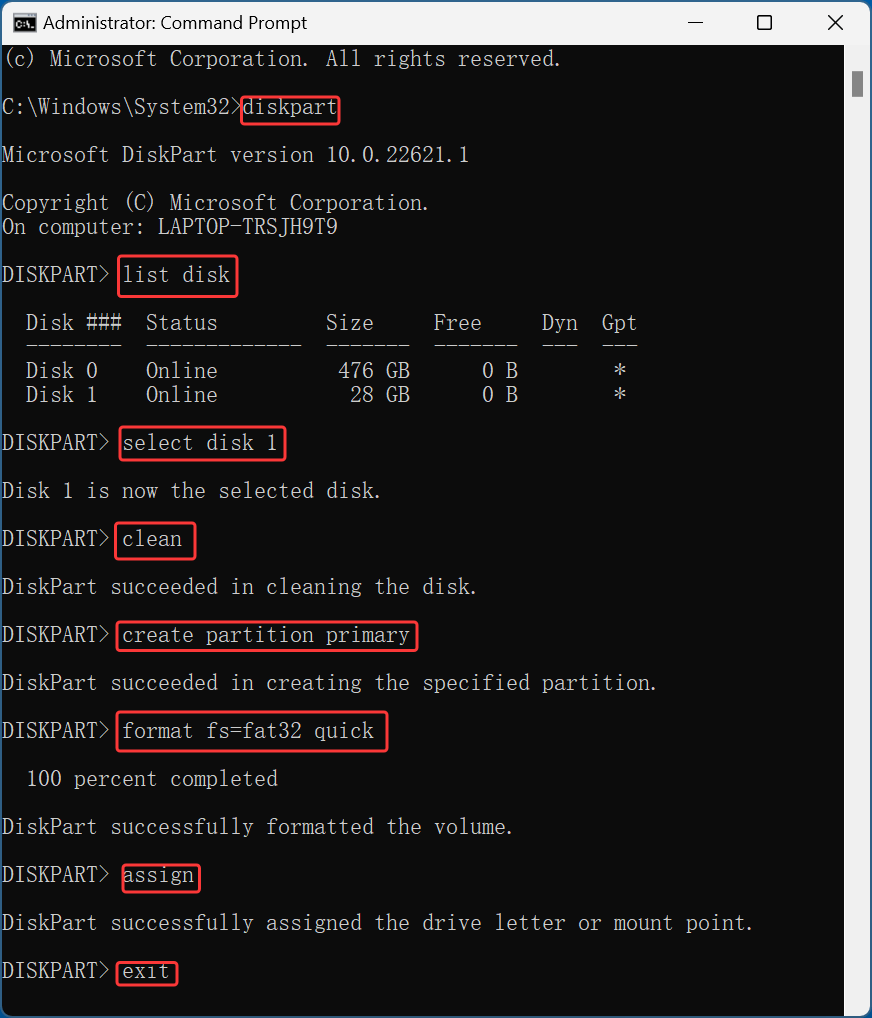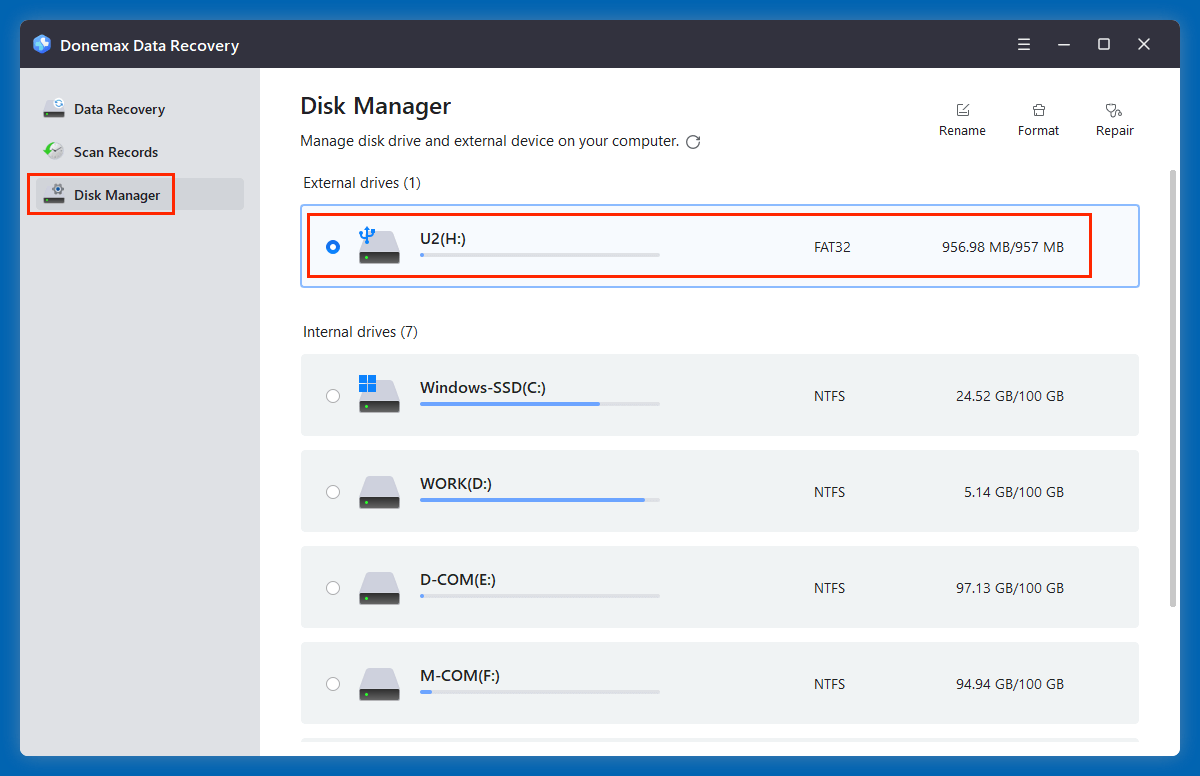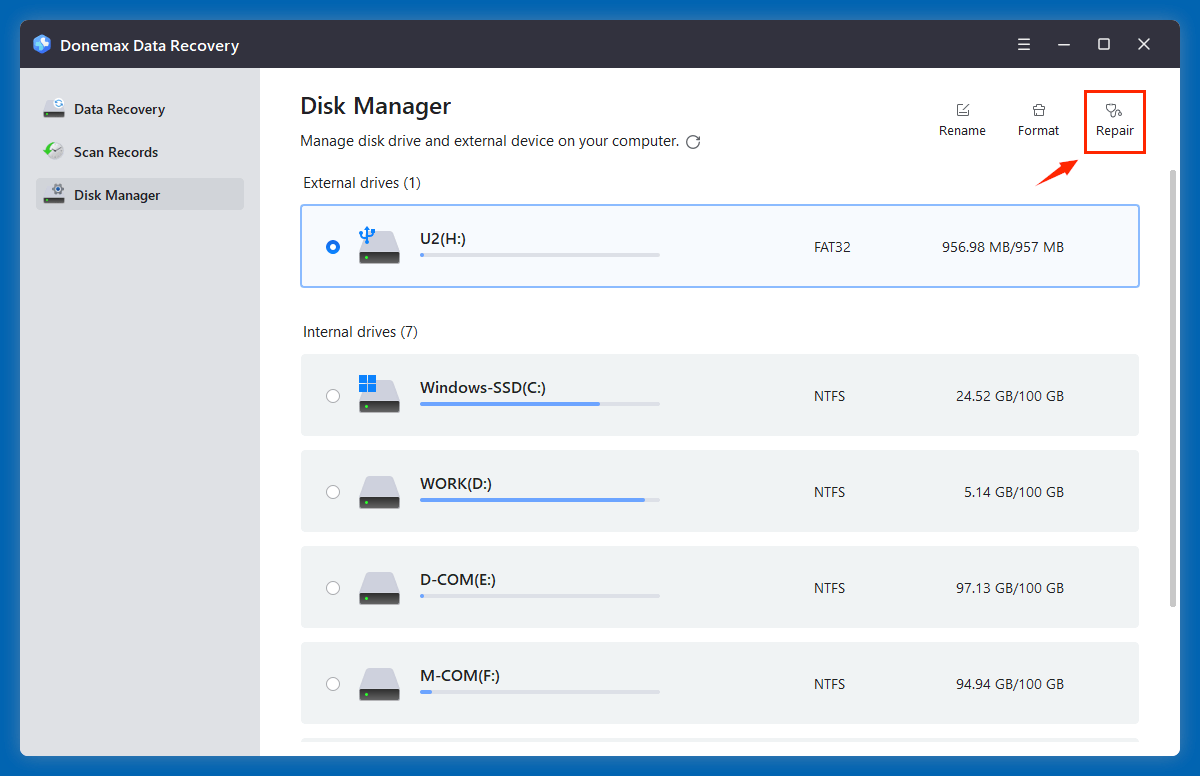Before we start: FAT32 drive gets corrupted? Don't worry, you can easily fix corrupted FAT32 file system on Windows or macOS with built-in tools or third-party tools. Before fixing corrupted FAT32 file system, you can use data recovery software - such as Donemax Data Recovery to recover all inaccessible or lost files.
PAGE CONTENT:
FAT32 is one of the most widely used file systems. Its compatibility across multiple platforms - Windows, macOS, Linux, gaming consoles, and cameras - makes it an ideal choice for removable media. However, like any file system, FAT32 is not immune to corruption or damage. When the file system becomes unreadable, corrupted, or inaccessible, you may lose access to important data.
This guide will help you repair a FAT32 file system using built-in Windows tools, command-line utilities, and third-party software. We will also provide steps for recovering data and preventing future file system errors.

What is FAT32?
Microsoft first released the legacy file system FAT32 in 1996. It's a refinement over older versions like FAT16, designed to support larger partitions and more efficient data handling.
Key Characteristics:
- Max file size: 4GB
- Max volume size: 2TB (Windows), 16TB (theoretical limit)
- Cross-platform: Works with Windows, macOS, Linux, cameras, smart TVs, and more.
Despite its ubiquity, FAT32 has limitations in handling large files and lacks journaling (a safety feature present in NTFS). These limitations also make it more vulnerable to corruption.
Symptoms of a Corrupted FAT32 File System
Recognizing file system issues early can help prevent data loss. Common signs of FAT32 corruption include:
- Windows prompts "You need to format the disk before you can use it."
- Error: "The file or directory is corrupted and unreadable."
- Drive appears as RAW in Disk Management.
- File or folder names appear as strange symbols.
- "Access is denied" or 0 bytes free/used space.
- CHKDSK fails to run or doesn't fix the problem.
What Causes FAT32 Corruption?
Understanding what leads to FAT32 corruption helps you avoid it in the future. Here are common causes:
- Improper ejection: Removing a USB or SD card without safely ejecting it.
- Power outages: Abrupt system shutdowns during file transfer.
- Virus or malware: Certain malicious scripts can corrupt the file allocation table.
- Bad sectors: Physical damage or aging sectors on the drive.
- Excessive write cycles: Especially relevant for flash memory devices.
Preliminary Checks Before Repair
Before diving into repair methods, perform the following basic checks:
- Try Another USB Port or Computer: Rule out port or OS-level issues.
- Check Disk Management:
- Press Windows + X → Disk Management.
- Check if the file system is FAT32 or RAW.
- Run Antivirus Scan:
- Scan the drive with up-to-date antivirus software.
- Back Up Data:
- If any files are accessible, copy them to another location before repair.
Recover All Data Before Repairing the FAT32 Drive
If you can't access to the files stored on the FAT32 drive, you can use data recovery software - such as Donemax Data Recovery to scan the drive & export the files to another drive.
Step 1. Download and install Donemax Data Recovery on your computer.
Step 2. Open Donemax Data Recovery, select the FAT32 drive to start data recovery.
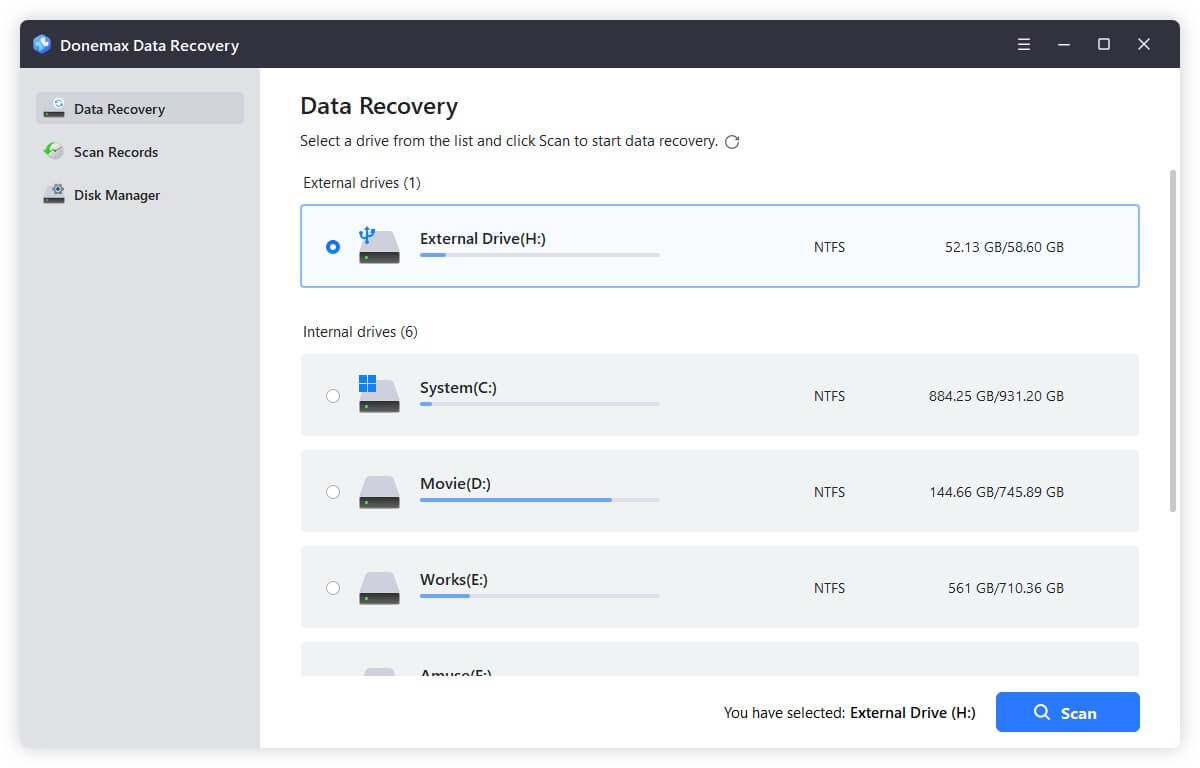
Step 3. Click on Scan button. Donemax Data Recovery will deeply scan the FAT32 drive and find all inaccessible/deleted/formatted/lost files.
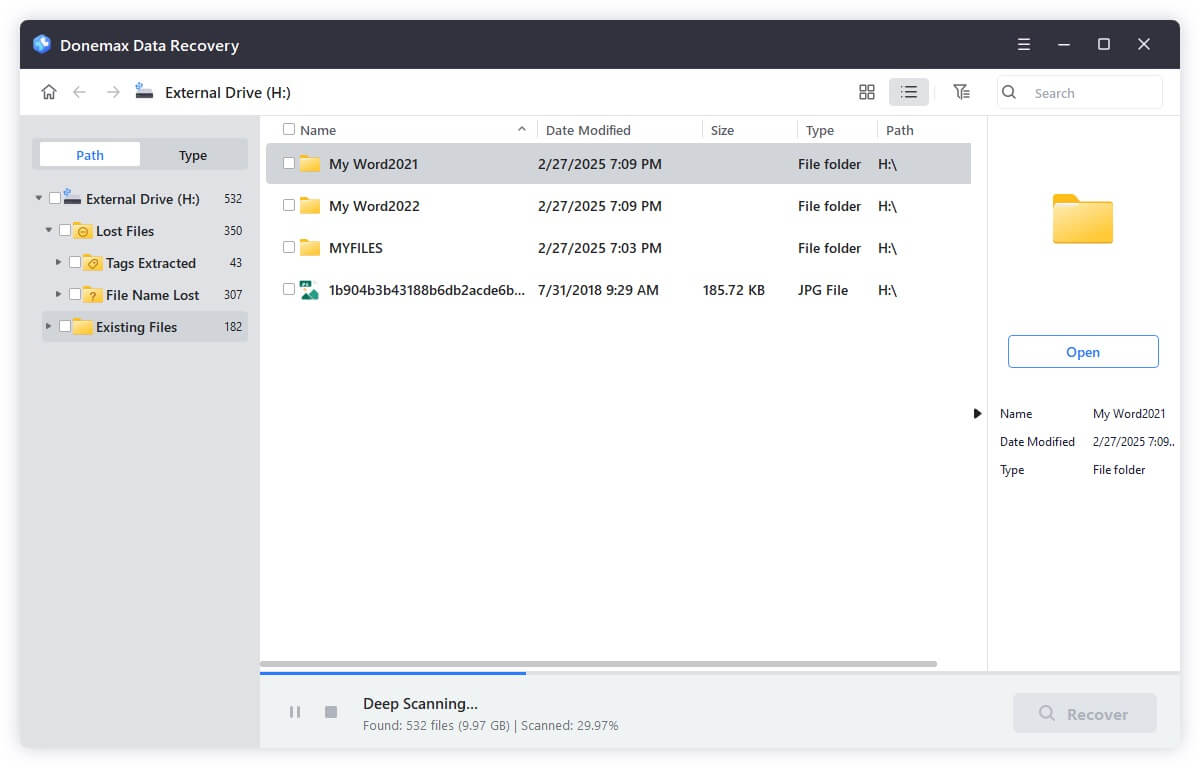
Step 4. After scanning, you can preview all recoverable files. Then select the wanted files, click on Recover button to save the recovered files to a safe location.
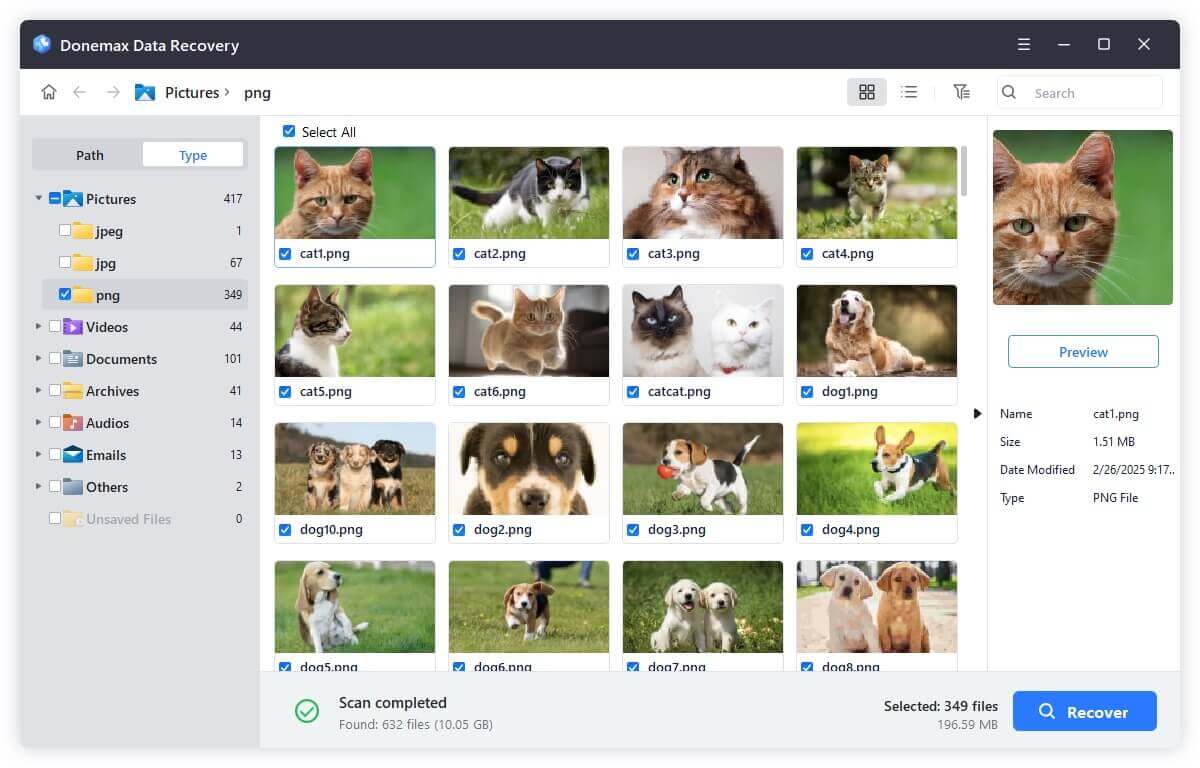
How to Repair FAT32 File System? [5 Methods]
Let's explore various methods to repair a corrupted FAT32 partition.
Method 1: Use Windows Error Checking Tool
- Open File Explorer.
- Right-click the drive then click Properties.
![repair a FAT32 file system]()
- Go to the Tools tab then under Error checking, click Check.
![repair a FAT32 file system]()
- Let Windows scan and fix file system errors.
This tool can fix minor issues such as bad entries in the FAT or lost file chains.
Method 2: Use CHKDSK Command
CHKDSK (Check Disk) is a powerful command-line utility in Windows that checks for logical and physical defects in a volume's file system and file system metadata. It is particularly effective for repairing FAT32 file systems, fixing bad sectors, orphaned file records, cross-linked files, and directory errors.
What CHKDSK Can Fix on FAT32 Drives
- File system inconsistencies (e.g., incorrect file sizes, timestamps)
- Improper file closure entries caused by power failures or unsafe ejection
- Lost clusters and orphaned files
- Indexing errors in the FAT table
- Cross-linked or fragmented files
Steps:
- In the Start Menu, type cmd. Then, right-click Command Prompt and select Run as administrator.
- Run the command:
chkdsk X: /f
![repair a FAT32 file system]()
(Replace X: with your drive letter)
- You may also try /r to locate bad sectors (longer scan).
Output Sample:
Windows has made corrections to the file system.
No further action is required.
If the drive is locked or in use, CHKDSK will prompt to schedule on the next restart.
Advanced CHKDSK Usage Example
chkdsk E: /f /v /x
This command:
- Forces the drive to dismount
- Fixes file system errors
- Verbosely displays the operation progress
Typical Output Messages and What They Mean
1.
Windows has scanned the file system and found no problems.
No further action is required.
Your drive is healthy.
2.
Windows has made corrections to the file system.
Minor issues were found and fixed.
3.
The file system is of the RAW kind. RAW drives are not compatible with CHKDSK.
Indicates that the file system is too corrupt to be recognized as FAT32. You’ll need to recover data first and reformat the drive.
4.
Cannot open volume for direct access.
This could be due to:
- Antivirus or system processes locking the drive
- Drive being in use
👉 Solution: Reboot in Safe Mode or use a bootable USB with recovery tools to bypass file locks.
When CHKDSK Fails or Does Not Help
CHKDSK may not always resolve issues if:
- The drive has hardware-level bad sectors
- The file allocation table (FAT) is severely damaged
- The drive controller is failing
Symptoms:
- CHKDSK hangs indefinitely
- Drive disconnects during scan
- Output shows a large number of unreadable sectors
👉 Solutions:
- Try CHKDSK /r to attempt sector recovery
- Use third-party tools like TestDisk, Donemax Data Recovery, or DiskGenius to rebuild the partition table or recover data
- If you suspect hardware failure, clone the drive with tools like ddrescue before attempting further repair
Precautions While Using CHKDSK
- Never run CHKDSK on a drive with known hardware issues without cloning it first - you risk making things worse.
- Always recover important files first, if the drive is partially accessible.
- Do not interrupt the scan, especially when /r is used; it can take hours on large or slow drives.
Method 3: Use Diskpart to Clean and Reformat (If Repair Fails)
⚠️ Warning: This process will erase all data. Use only if other repair methods fail and data is already backed up or recovered.
Steps:
- Launch the Command Prompt in Administrator mode.
- Type the following:
diskpart
list disk
select disk #
clean
create partition primary
format fs=fat32 quick
assign
Exit![repair a FAT32 file system]()
Replace # with appropriate disk/partition numbers.
This reinitializes the file system and removes all errors or hidden partitions.
Method 4: Use Third-Party FAT32 Repair Tools
If built-in tools don't work or you prefer a GUI-based approach, consider using specialized tools.
Recommended Options:
- Donemax Data Recovery
- AOMEI Partition Assistant
- MiniTool Partition Wizard
- TestDisk (open-source, CLI-based)
These tools offer:
- Partition repair
- FAT32 format
- Surface test
- File recovery (some are paid features)
Always download from official sites to avoid bundled malware.
Example: How to Use Donemax Data Recovery:
- Download and install Donemax Data Recovery.
- Open Donemax Data Recovery, choose Disk Manager.
![repair a FAT32 file system]()
- Choose the FAT32 drive from the list.
- Click Repair button to fix any logical errors on the FAT32 drive.
![repair a FAT32 file system]()
Even if the drive appears as RAW, some tools can still recover readable data.
Method 5: Format FAT32 Drive (Only if All Else Fails)
If recovery is successful or no important data exists, you can reformat the drive.
Format via File Explorer:
- Right-click the drive → Format.
- Choose:
- File System: FAT32
- Allocation unit size: Default
- Quick Format: Checked
- Click Start.
Format via Command Prompt:
format X: /FS:FAT32
Useful for drives over 32GB that Windows Explorer might not allow formatting to FAT32.
Format via Disk Management:
- Open Disk Management.
- Right-click the partition → Format → Select FAT32.
When to Seek Professional Help
If:
- CHKDSK fails repeatedly.
- Disk shows as 0 MB or RAW and cannot be formatted.
- You hear strange noises from a mechanical drive.
- Surface test tools show numerous bad sectors.
Then it's best to stop using the drive and contact a professional data recovery service.
Tips to Prevent Future FAT32 Corruption
Avoiding common mistakes can greatly improve your drive's lifespan and data integrity.
Best Practices:
- Always eject the drive safely.
- Avoid FAT32 for large files or modern external drives (Use NTFS or exFAT).
- Regularly backup important files.
- Run CHKDSK periodically.
- Avoid using the same drive across multiple devices without formatting.
- Use write-protect switches on SD cards (if available) to avoid unintentional writes).
FAT32 vs NTFS vs exFAT – Should You Keep FAT32?
| File System | Max File Size | Max Volume | Compatibility | Use Case |
|---|---|---|---|---|
| FAT32 | 4GB | 2TB | Very High | USBs, SD Cards |
| NTFS | 16TB+ | 256TB+ | Windows Only (Native) | System Drives |
| exFAT | 16EB | 128PB+ | Cross-Platform | Modern External Drives |
If you plan to use the drive with devices like TVs, cameras, or older consoles, FAT32 may still be necessary. For general use and large files, exFAT is a better option.
Conclusion
Repairing a FAT32 file system doesn't always require reformatting or expensive software. In most cases, tools like CHKDSK, the Windows Error Checking utility, or third-party repair software can help fix corrupted drives. However, when critical data is at risk, data recovery should be your priority before attempting any repair or format operation.
Remember, prevention is better than cure - safe ejection, virus protection, and regular backups can save your files and your time.


Donemax Data Recovery
One of the best data recovery programs to recover deleted, formatted or lost data from PC, Mac, HDD, SSD, USB drive, SD card, camera, RAID, Sever or other storage devices.
Related Articles
- Nov 27, 2025Fixes for PowerShell Has Stopped Working Error on Windows
- Feb 05, 2025Fix GoPro SD Card Error: A Complete Troubleshooting Guide
- Nov 07, 2024Mac Runs Slow After Installing macOS Sequoia, Fix It
- Dec 19, 20249 Solutions to Fix WD My Passport Not Showing Up on Mac
- Dec 13, 20246 Methods to Fix Mac Won't Boot Into macOS Recovery Mode
- Apr 29, 2025Bad Sectors Repair Solutions

Steven
Steven has been a senior writer & editor of Donemax software since 2020. He's a super nerd and can't imagine the life without a computer. Over 6 years of experience of writing technical solutions and software tesing, he is passionate about providing solutions and tips for Windows and Mac users.

Gerhard Chou
In order to effectively solve the problems for our customers, every article and troubleshooting solution published on our website has been strictly tested and practiced. Our editors love researching and using computers and testing software, and are willing to help computer users with their problems
Hot Donemax Products
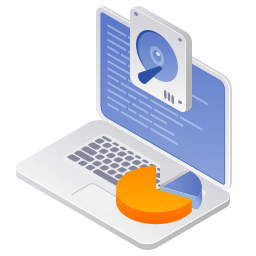
Clone hard drive with advanced clone technology or create bootable clone for Windows/Mac OS.
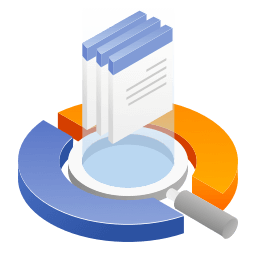
Completely and easily recover deleted, formatted, hidden or lost files from hard drive and external storage device.

Certified data erasure software - permanently erase data before selling or donating your disk or any digital device.
